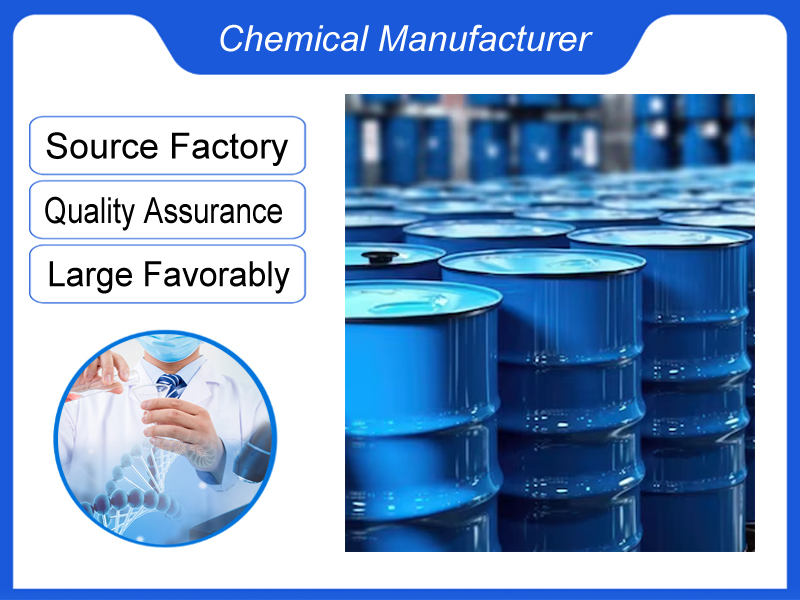
Apramycin Sulfate CAS No.: 41194-16-5
We are a manufacturer based in China. We specialize in providing high-quality Apramycin Sulfate CAS No.: 41194-16-5 for industrial clients across various sectors. Whether you need chemicals consultation or technical support, our team is here to help.
Category:Active Pharmaceutical Ingredients Own Brand:MT /MOQ:100KG /From China/ B2B only.
Introduction
Molecular Formula: C21H41N5O11,2½H2SO4
Molecular Weight: 784.8
CAS No.: 41194-16-5
It has strong antibacterial activity against gram-negative bacteria and some gram-positive bacteria, especially for antibiotic-resistant pathogenic bacteria such as Escherichia coli and Salmonella, and it is not easy to produce drug resistance, so it is widely used in the field of livestock and poultry breeding.
Description
It is creamy to dark yellow powder. It is freely soluble in water; practically insoluble in acetone, in ethanol, in ether and in methanol.
Application
It is an aminocyclic alcohol antibiotic. It has strong antimicrobial activity against Gram-negative bacteria and some Gram-positive bacteria susceptible to infection in livestock and poultry. Especially, it has strong antimicrobial activity against other antibiotic-resistant pathogenic bacteria such as Escherichia coli and Salmonella, and it is not easy to produce drug resistance.
Packing and Storage
If the substance is sterile, the container should be sterile, tamper-evident and sealed so as to exclude micro-organisms.
Minimum Order
One package
Apramycin Sulfate Introduction
| Item | Details |
| Basic Information | Apramycin sulfate is an aminoglycoside antibiotic. Its chemical structure consists of a complex polycyclic sugar moiety linked to an aminocyclitol ring. The exact chemical formula of apramycin sulfate can vary depending on the degree of sulfation, but generally, it is composed of apramycin (C₂₁H₄₁N₅O₁₁) in combination with sulfuric acid. It appears as a white or almost white powder. It has good solubility in water, which is beneficial for formulating it into various pharmaceutical preparations, including injectable solutions, oral powders, and premixes for veterinary use. |
| Pharmacological Action | Apramycin sulfate acts by binding to the 30S subunit of the bacterial ribosome. This binding disrupts the normal function of the ribosome, interfering with protein synthesis. Specifically, it causes misreading of the messenger RNA code, leading to the incorporation of incorrect amino acids into the growing polypeptide chain. As a result, non – functional or toxic proteins are produced, ultimately inhibiting bacterial growth. It has a broad – spectrum antibacterial activity, with a primary focus on Gram – negative bacteria. It is highly effective against Escherichia coli, Salmonella species, Klebsiella pneumoniae, and Proteus species. It also shows some activity against certain Gram – positive bacteria, although it is generally more effective against Gram – negative pathogens. |
| Clinical Applications | 1. Veterinary Medicine: – In veterinary practice, apramycin sulfate is widely used. It is used to treat diarrhea and enteritis in livestock, such as pigs, cattle, and poultry, which are often caused by Gram – negative bacteria. For example, in piglets, it can be used to treat diarrhea caused by Escherichia coli, which is a common problem in pig farming. – It can also be used to treat respiratory tract infections in animals when the causative bacteria are susceptible. In poultry, it may be used to treat respiratory infections caused by Gram – negative bacteria like Escherichia coli or Klebsiella pneumoniae. 2. Limited Human Use (Off – Label in Some Regions): – In some regions, it may be used off – label in humans for the treatment of severe infections caused by multidrug – resistant Gram – negative bacteria, especially when other more commonly used antibiotics are ineffective. However, its use in humans is restricted due to potential toxicity and the availability of other safer alternatives. |
| Adverse Reactions | 1. Ototoxicity: Similar to other aminoglycosides, apramycin sulfate can cause ototoxicity. It can damage the inner ear, leading to sensorineural hearing loss and balance problems. The risk of ototoxicity is higher with higher doses, longer treatment duration, and in patients (or animals) with pre – existing hearing impairment or renal impairment. 2. Nephrotoxicity: It can cause damage to the kidneys, leading to acute tubular necrosis and impaired renal function. Symptoms may include increased serum creatinine levels, decreased urine output, and electrolyte imbalances. 3. Allergic Reactions: Allergic reactions can occur, ranging from mild rashes, itching, and hives to severe anaphylactic shock. Animals or patients with a history of allergic reactions to aminoglycoside antibiotics are at a higher risk. 4. Neuromuscular Blockade: In some cases, especially with high doses or in patients (or animals) with pre – existing neuromuscular disorders, it can cause neuromuscular blockade, leading to muscle weakness and respiratory depression. 5. Gastrointestinal Effects: In animals, especially when used orally, it can cause gastrointestinal upset, including diarrhea, vomiting, and loss of appetite. This may be due to its impact on the normal gut flora. |
| Drug Interactions | 1. With Other Nephrotoxic Drugs: Concurrent use with other nephrotoxic drugs, such as amphotericin B, vancomycin, or certain non – steroidal anti – inflammatory drugs (NSAIDs), can increase the risk of nephrotoxicity. 2. With Neuromuscular – Blocking Agents: Apramycin sulfate can enhance the neuromuscular – blocking effect of drugs like succinylcholine and tubocurarine, leading to increased muscle weakness and respiratory depression. 3. With Diuretics: Diuretics, especially loop diuretics like furosemide, can increase the risk of ototoxicity when used in combination with apramycin sulfate. 4. With Probenecid: Probenecid can inhibit the renal tubular secretion of apramycin, increasing its plasma concentration and half – life. This may enhance the antibacterial effect but also increase the risk of side effects. |
| Special Population Considerations | 1. Pregnant and Lactating Animals: The use of apramycin sulfate in pregnant and lactating animals should be carefully considered. Although the exact risk to the fetus or nursing offspring is not fully understood, the potential for ototoxicity and nephrotoxicity may pose a risk. In some cases, alternative antibiotics may be preferred. 2. Young and Elderly Animals: Young animals may be more sensitive to the adverse effects of apramycin sulfate due to their immature organ function. Elderly animals may also be at a higher risk, especially for ototoxicity and nephrotoxicity, as their physiological function may be declining. 3. Animals with Renal Impairment: In animals with renal impairment, the clearance of apramycin sulfate is significantly reduced. Dosage adjustment is crucial, and close monitoring of serum drug levels and renal function is required to avoid toxicity. |
If you're ready to take the next step, Leave your message below and we’ll reply soon. 20+ years of chemical manufacturing & export experience, a partner you can trust.





